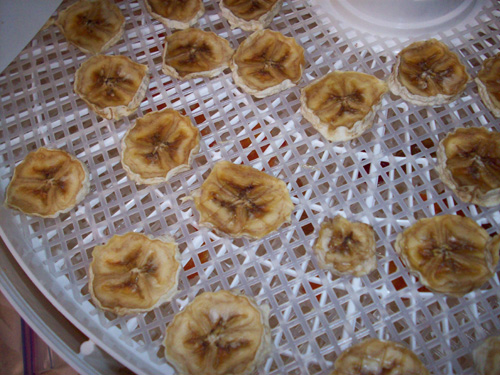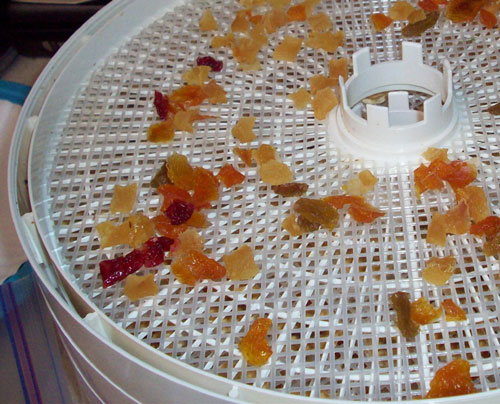Dehydrating Fruit
Dehydrating fruit is one of those skills that seems difficult to master, but is a fairly simple and enjoyable activity. The techniques for removing water from fruits to preserve them vary a lot, with some requiring more equipment. This is an ideal way to store your favorite fruits without having to keep them in a refrigerator. In times of disaster, foods that do not need refrigeration can help to ensure your survival.
Good Fruits for Dehydration
You can preserve just about any fruit by removing the moisture but some are better for this preservation method. If you are planning on dehydrating fruit, some top picks are:

- Apples
- Strawberries
- Blueberries
- Bananas
- Cherries
- Peaches
- Oranges
- Mangoes
Dehydrating Fruit Process
After getting the fruits, it is important to wash them properly and to remove the pits. For many people, pre-treating them prior to drying is important but this is not necessary for every fruit. Cutting fruits like bananas, pears, apples, and citrus into small pieces, helps shorten the drying process. Depending on your taste, the peel can remain on the fruit, plus for many fruits, the peel is full of nutrients.
If you want to go all-natural you can pre-treat your fruit in fruit juice that is high in vitamin C. Fill a bowl with the fruit juice and put in the fruits you plan on drying. Soak them in the juice for 3 to 5 minutes, remove and dry them before beginning the dehydrating process. Using fruit juice will add flavor and even color to the fruits you will be dehydrating.
Some people use a solution of water and ascorbic acid as the pre-treatment solution. This acid is safe for foods and is high in vitamin C, which helps to prevent fruits, such as bananas from becoming brown.
Ways of Dehydrating Fruit
Electric Food Dehydrator
Place clean fruits onto the trays, ensuring that they are not touching, then put the trays into the dehydrator and switch it on. Some steps to consider for best results include pre-treating fruits with lemon juice so that they do not turn brown.
Do not place on high heat to speed up the process, use the heat recommendation in the manual. This process will take between 8 to 12 hours, but you need to check periodically to ensure that the fruit is dry. For dehydrators, it is good to cut slices evenly so that they all dry at the same rate.
Oven Dehydrating
While not the most energy efficient way to dry fruits, this is a good choice when you have nothing else. Oven drying is also a pretty easy and convenient process. Depending on the size of the oven, a number of batches can go in at the same time.
Turn the oven on and set the temperature low, around 150 to 200 degrees. Place parchment or other non-stick material such as silpats onto the baking sheets and spread the fruits out evenly on the sheets. Set the timer to around five to six hours, as it will take some time for them to dry at this low temperature.
Solar Dehydrating
This process works best in areas where the temperature is high and humidity is low. After completing the pre-treatment process, line the trays or racks with cookie sheets and spread the fruits evenly. They should not touch or overlap for best results. Cover them with cheesecloths to protect them from insects or dust.
Lay the trays out in the sun, turning occasionally to ensure proper drying. It is best to place the trays onto supports and not directly on the ground. It will take 2 to 4 days for most fruits to complete the process and it is best to take the trays inside at night or when it rains.
To hasten the drying process, placing glass sheets over the tray will make the sun’s heat more intense. Do not put the glass directly on the fruits, as air circulation is important for proper drying.
When the moisture is gone, put the fruits in airtight containers and you will have them for months. The fruits can serve as handy snacks or ingredients in other recipes. Experimenting with herbs and spices also helps to improve the taste and flavor. Dehydrating fruit not only ensures that there is food after a disaster, it also helps you have a healthy diet whether or not fruits are in season.
Return from Dehydrating Fruit to DIY Survival Food







New! Comments
Have your say about what you just read! Leave me a comment in the box below.